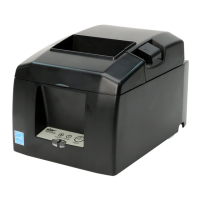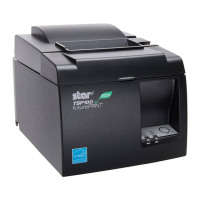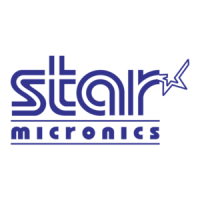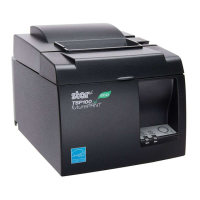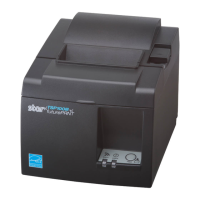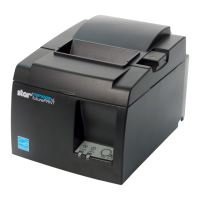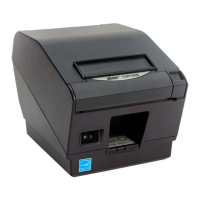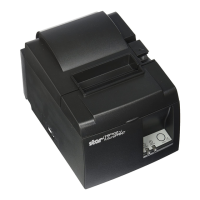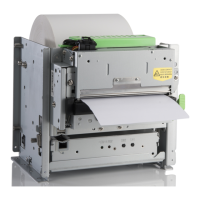– 78 –
APPENDIX
2) REQUIREMENTS
a) The Start code and the Stop code of CODE 39 are automatically added.
b) The position defined by the control command locates the bar code symbols.
It is necessary to provide space for a quiet zone for bar code symbol.
3) ANSI and AIM specifications (for reference only)
a) Width of narrow elements:
Minimum 0.0075 inch (0.191 mm)
b) Ratio of narrow-element width to width-element width:
1 : 2.2 (the width of narrow elements is 0.508 mm or smaller)
1 : 2 (the width of narrow elements is 0.508 mm or greater)
c) Inter-element space:
Minimum is the same as the narrow-element width.
Maximum is three times the narrow-element width or 1.524 mm, whichever
is greater.
d) Bar height:
For hand scanners, the minimum is 0.25 inch (6.35 mm) or 15% of the bar
code-length, whichever is greater.
For non-hand scanners, the minimum is 0.8 inch (20.3 mm) or 25% of the
bar code-length, whichever is greater.
e) Quiet zone:
Minimum is ten times the narrow-element width or 0.10 inch (2.54 mm),
whichever is greater.
For hand scanners, the minimum is 0.25 inch (6.35 mm) or greater.
EXAMPLE Bar code string number 11 ,starting position of bar code (X,Y)
= 10 mm, 10 mm, use Mode 2 of CODE39, Bar code height
10mm data:ABCDEFG, bar code rotation direction 0 degree.
LPRINT CHR$(&H1B);“PB11;0100;0100,2,1,0,0100”;
CHR$(&H0A);CHR$(&H00);
LPRINT CHR$(&H1B);“RB11;ABCDEFG”;CHR$(&H0A);
CHR$(&H00);
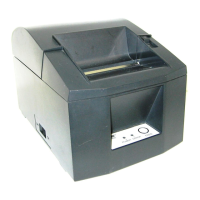
